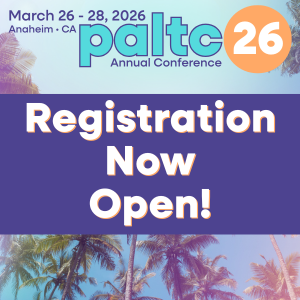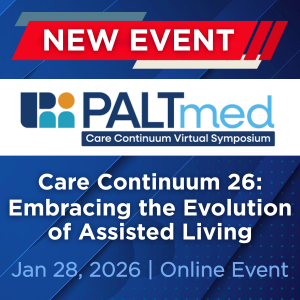Long Term Care Information Series
Showing 11 - 20 of 36 results
CPG Teaching Slides
COPD Management in the PALTC Setting Teaching Slides
The CNA Teaching Slides reviews the important role of the CNA in observing the COPD patient and how to be aware of ways to maximize activity and exercise tolerance in addition to the recognizing the signs of hypoxia. The IDT Teaching Slides provides a quick reference to the recognition, assessment, trea...
Clinical Practice Guidelines (CPG)
Gastrointestinal Disorders CPG
Although aging has relatively minimal effects on gastrointestinal (GI) function, age-related changes can cause or contribute to several GI disorders. Aging can result in impaired function of the gastric mucosal barrier and increased risk of peptic ulcer disease. Patients residing in PALTC facilities typica...
Practice Management Tools
Starting & Maintaining a Long-Term Care Ethics Committee Tool Kit
The PALTmed Tool Kit for Starting & Maintaining a Long-Term Care Ethics Committee provides a comprehensive guide to medical directors and others working in post-acute and long-term care who encounter ethical issues that need attention. The tool kit provides advice on how to start an ethics committee, c...
Long Term Care Information Series
Determination of Medical Necessity of Rehabilitation Therapy Services
Medicare defines medical necessity as a determination that a service is reasonable and necessary for the diagnosis or treatment of illness or injury. However, the use of this term in health care settings is controversial and often confusing. Applying the concept of medical necessity to rehabilitation thera...
Clinical Practice Guidelines (CPG)
Sleep Disorders CPG
Sleep problems are common among residents of post-acute and long-term care (PALTC) facilities. Data suggests that age-related sleep changes, medical conditions common among older people, medications that affect sleep, substance use, and factors related to the long-term care facility environment all contrib...
Clinical Practice Guidelines (CPG)
Dementia CPG
Dementia, a disorder characterized by progressive decline in multiple areas of cognitive function, causes a range of cognitive, mood, behavioral, and functional impairments. Optimal management of dementia involves the entire interdisciplinary team, with practitioners playing an important leadership role. T...
Assisted Living Series
Medication Management Part II: For Caregivers
This guide will help caregivers learn skills and steps that can be used to better manage residents' medications. Caregivers will be able to talk about medications with their residents, family members, and primary care practioners. Learning how to manage medications can
CPG Implementation Series
Pain Management CPG, Implementation Manual, PM Pocket Guide
This implementation manual delineates a systematic, well-planned implementation process for implementing the Pain Management Clinical Practice Guideline (CPG). It is designed to assist physicians, nurses and advanced practitioners to support evidence-based clinical and management decision-making. It is int...
Transition of Care Management


